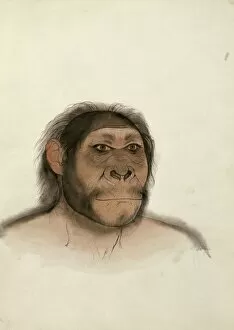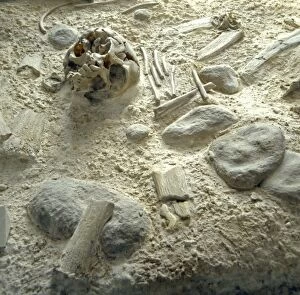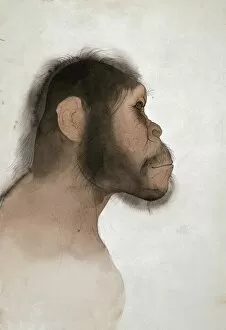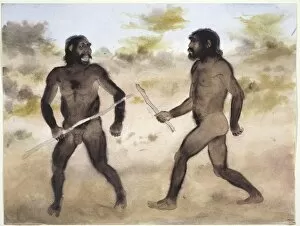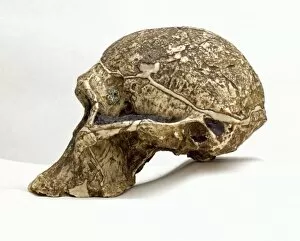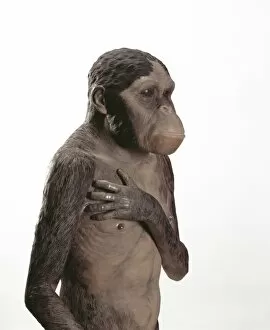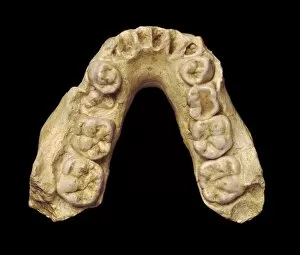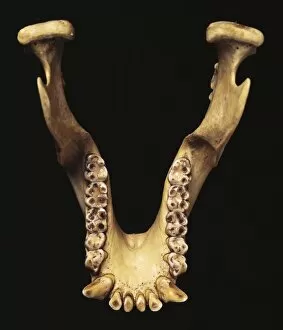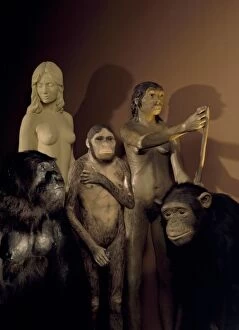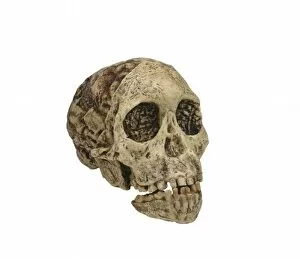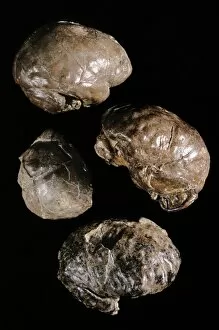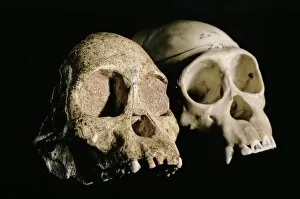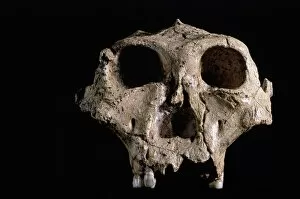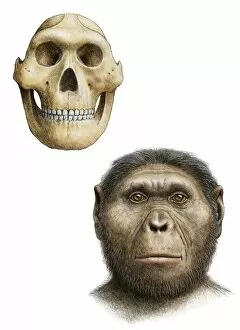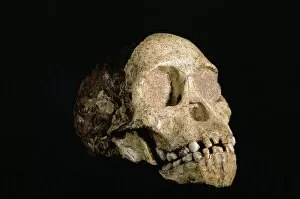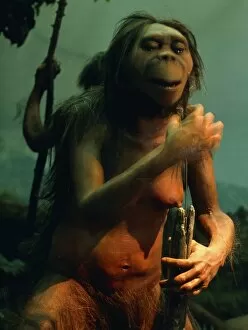Australopithecine Collection (#2)
"Australopithecine: Unveiling the Enigmatic Hominid Crania" Delving into the depths of human evolution, we encounter the fascinating australopithecines
For sale as Licensed Images
Choose your image, Select your licence and Download the media
"Australopithecine: Unveiling the Enigmatic Hominid Crania" Delving into the depths of human evolution, we encounter the fascinating australopithecines. Among them stands Australopithecus afarensis (AL 288-1), affectionately known as Lucy, an iconic figure in our understanding of our ancient ancestors. These hominid crania offer us glimpses into stages in human evolution, showcasing the remarkable transition from ape-like creatures to early humans. Lucy's remains provide invaluable insights into Australopithecus afarensis and its significance in shaping our lineage. One notable artifact that sheds light on this era is The Makapansgat Pebble, believed to be one of the earliest symbolic thinking by these early hominids. It hints at their cognitive abilities and potential for abstract thought. Another intriguing find is the Paranthropus boisei (Zinjanthropus) cranium (OH5). This robust specimen challenges conventional notions about our evolutionary path and highlights diversity within our ancestral tree. Artwork depicting various stages in human evolution allows us to visualize how these australopithecines gradually transformed over time. From primitive forms to more advanced beings, each reconstruction tells a unique story etched deep within their bones. A model of Lucy serves as a tangible reminder of her existence and helps us appreciate her physical attributes. With her small braincase but bipedal posture, she represents a crucial link between apes and modern humans. The foot cast from OH8 further emphasizes this transitional phase between Australopithecine or Homo habilis. It showcases adaptations towards walking upright while still retaining some characteristics reminiscent of earlier primates. As we explore these hominid reconstructions presented chronologically, we witness humanity's incredible journey through time. Each step forward brings us closer to comprehending who we are today – products of an intricate evolutionary tapestry.

